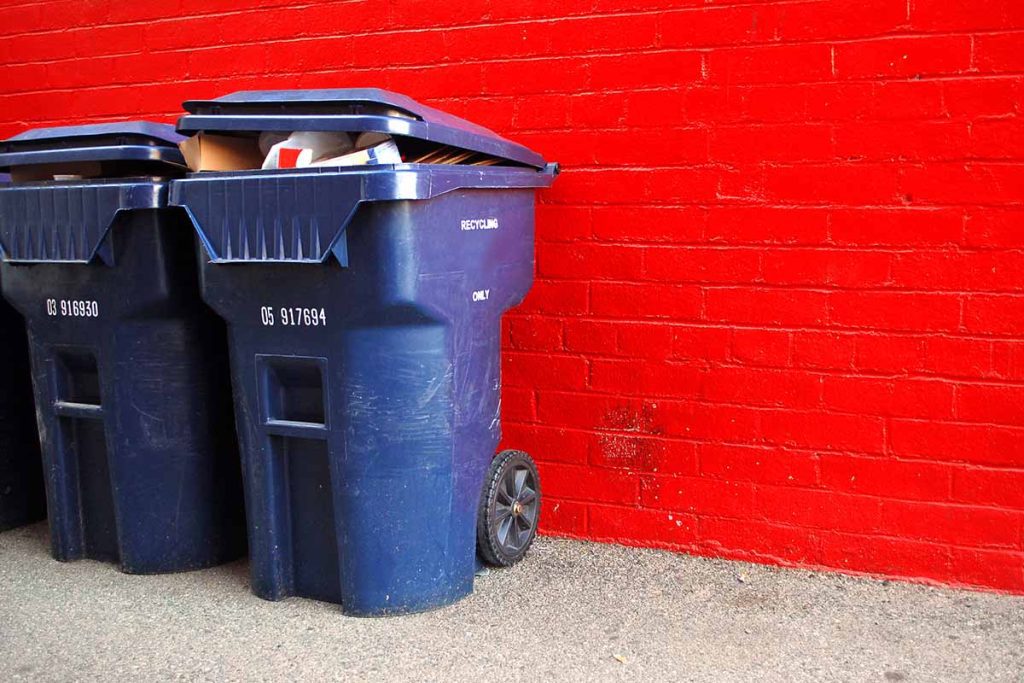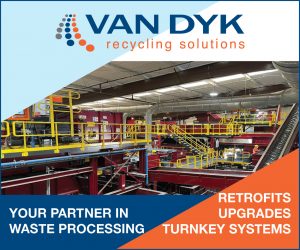
CalRecycle staff are busy developing implementation plans for the state’s EPR program and other new recycling laws. | Lowe Llaguno/Shutterstock
After California’s legislature passed a host of recycling and reuse-related bills, the state’s Department of Resources Recycling and Recovery is shifting into high gear to turn the mandates into reality.
The to-do list includes setting up frameworks for a number of complex recycling and source reduction laws, including extended producer responsibility (EPR) for paper and packaging and an update to the state’s beverage container redemption program.
In an interview with Resource Recycling in November, Rachel Machi Wagoner, director of the California Department of Resources Recycling and Recovery (CalRecycle), said her team is “excited and ready to take this challenge head-on.”

Rachel Machi Wagoner, director of CalRecycle
She noted there were about 15 pieces of materials management legislation passed in the 2022 session that will affect operations at CalRecycle, all with varying implementation timelines.
“We so appreciate that the legislature and the governor enacted this legislation because, really, it’s time,” she said. “It’s time for us to make a change in how we manufacture our products and our materials so that we ensure that everything has a next life.”
Looking to invest in remanufacturing
Wagoner is relatively new to her position atop the recycling department for the most-populous U.S. state.
She was appointed to the CalRecycle director position by Gov. Gavin Newsom in December 2020, after serving for nearly two years as the deputy legislative secretary in the governor’s office.
Prior to that, she spent nearly a decade as chief consultant for the California State Senate Committee on Environmental Quality.
She said that in her current role, she’s envisioning “big picture” changes for California materials recovery, and there’s almost $800 million appropriated to CalRecycle over the next few years to do the work.
She said one key area of focus will be developing regional end markets for material.
“We are all familiar with reduce, reuse, recycle, and we’re adding the other ‘R’: remanufacturing,” she said. “We really think of it as a really important part of our circular economy and really building out our circular economy, so we’re going to be looking to take that money … and get the biggest bang for our buck by investing it in innovative new recycling and new remanufacturing companies in the state.”
The investment effort will include bolstering existing grant and loan programs and looking at ways to fill any gaps in current programs to “make it truly work for the state of California,” Wagoner said.
Equity is also a focus, she added, explaining her agency wants to make sure rural and historically underserved communities have access to the opportunities and benefits of a more circular economy.
CalRecycle is looking to “invest back into your communities, especially … communities that are traditionally left behind,” Wagoner said.
Hiring spree
CalRecycle is in the process of hiring just under 20 new staffers to work on programming and regulation development, Wagoner said, and plans to hire more people in coming years. The legislature approved up to 50 total new employees over the next several years to handle implementation, she added.
“It’s really exciting to get the opportunity to grow your team and bring in and supplement our incredible team here with new and innovative and excited professionals,” she said. “It’s going really well. We’re getting some really exciting applications. I just get energized by all of the talented people who are interested in being a part of this incredible change.”
Wagoner said she hopes California’s incoming changes and innovations will serve as a roadmap for the rest of the nation.
The state has always “been more than happy to be the testing ground for new technology and new ideas, so really these investments are really meant to put us out in front again and help lead the nation in building circular economies,” she said. “Innovation is truly what California does best.”
More stories about EPR/stewardship
- Canadian PROs join forces to align design guidance
- Diversion Dynamics: Policy needed to reach full charge for vape recycling
- CAA, Recology open first drop-off hard-to-recycle site



